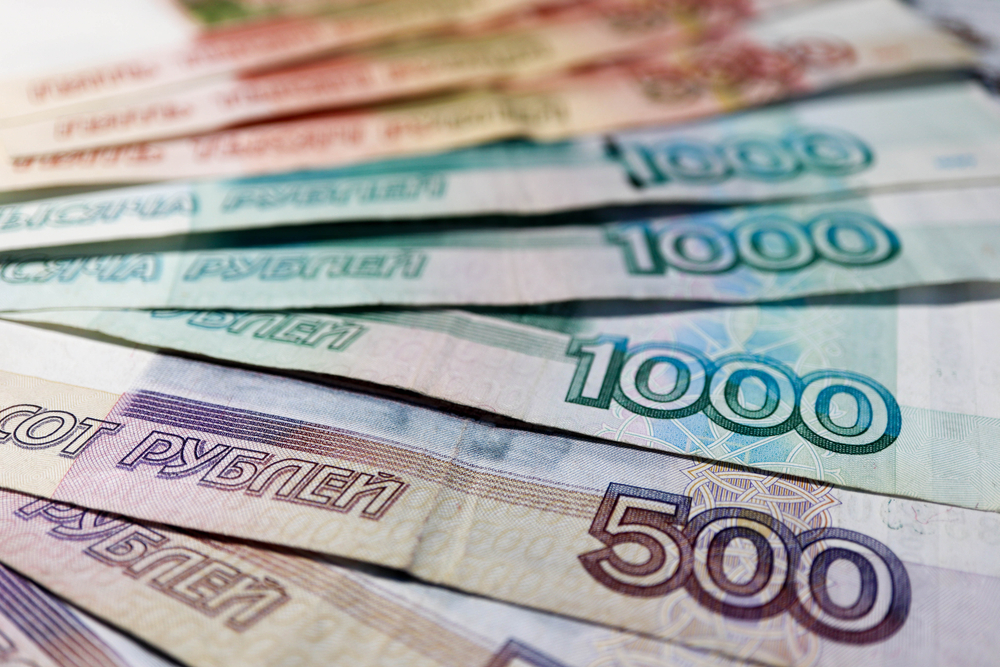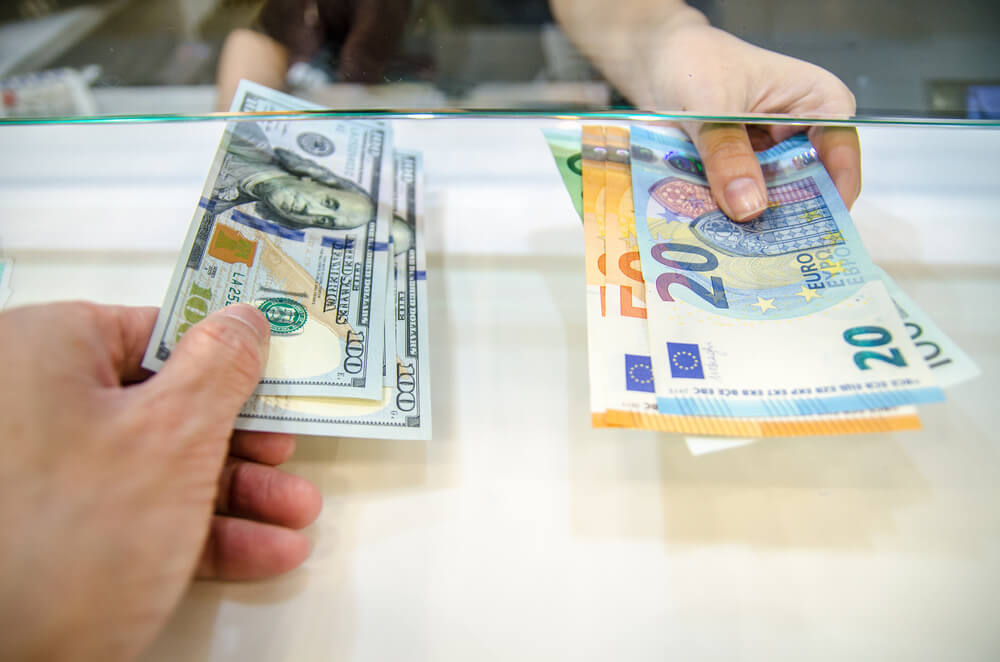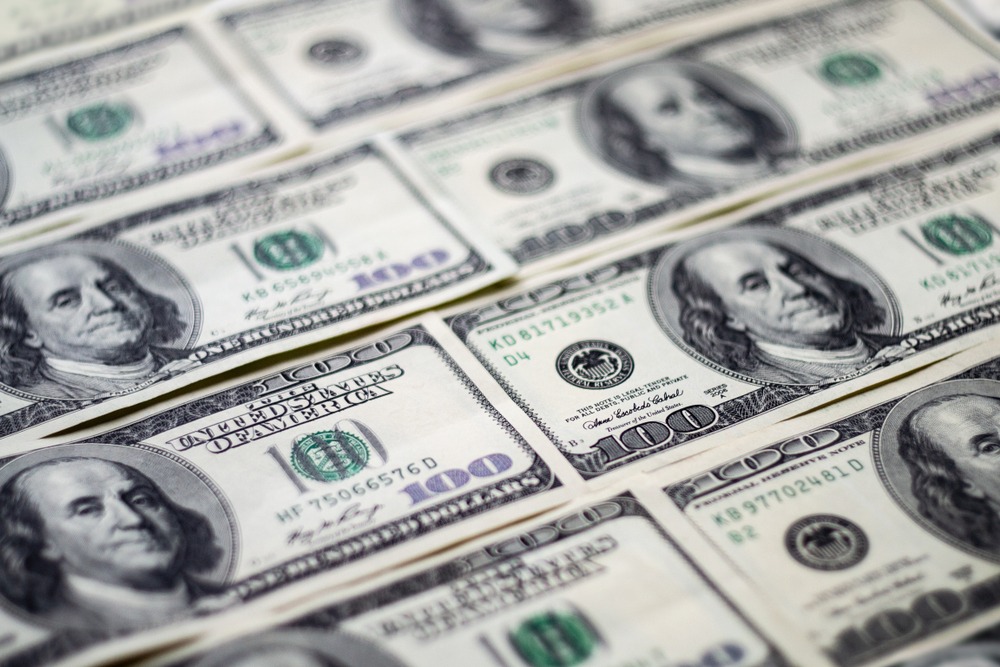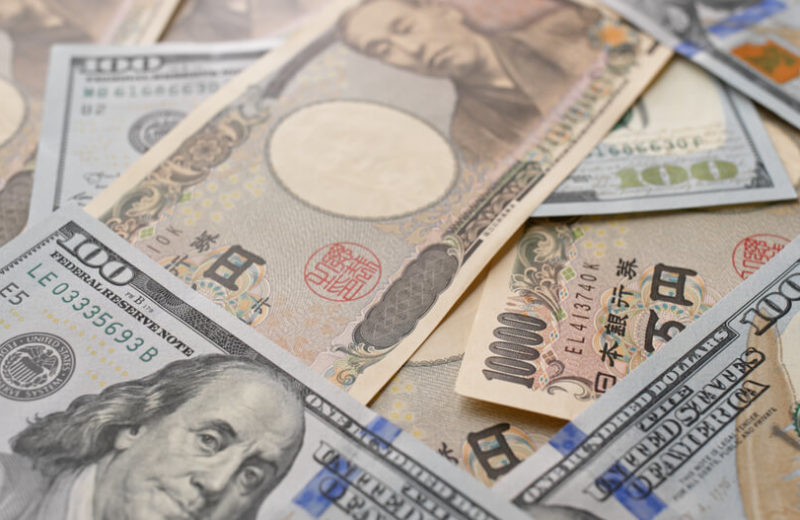The Kremlin published its new budget. The Russian rouble rose to a nearly seven-year high versus the dollar on the Moscow Exchange; bolstered by capital controls and the prospect of forthcoming month-end tax payments.
The rouble rose 1.2 percent to 55.75 against the dollar by 1219 GMT; the currency previously touched 55.44, its highest level since early July 2015. It had risen 0.6 percent versus the euro to 58.49; getting closer to its highest level in nearly five years of 57.10, which it had reached in May. Russia’s high revenues from commodities exports, a significant decline in imports, and a prohibition on consumers withdrawing their foreign currency savings have pushed the rouble to become the world’s best-performing currency this year.
Russian Economy In after Math of War
Top officials highlighted the rouble’s recent surge at Russia’s annual economic summit in St. Petersburg last week. There are fears that this will impact the economy, which is already in recession due to tough sanctions imposed by Russia in response to what it deems a special military operation in Ukraine. According to First Deputy Prime Minister Andrei Belousov, the rouble is overpriced; moreover, industry would be more comfortable if it fell to 70 to 80 versus the dollar.
According to Dmitry Polevoy, head of investment at Locko-Invest, the lively conversation about a “fair” rouble demonstrates there are worries about the present level’s impact on the budget and imports. It also demonstrated the usefulness and advantages of Russia’s budget regulation; it has been in suspense since 2020. The regulation also restricts Russia’s budget expenditure by tying it to non-oil and gas earnings while funneling surplus oil and gas revenues into a rainy-day reserve. According to Finance Minister Anton Siluanov, the fiscal regulation should assist to develop reserves and stabilize the rouble. The rouble may continue its gains this week as businesses prepare to pay taxes, for which export-oriented businesses often convert their dollar and euro income.














